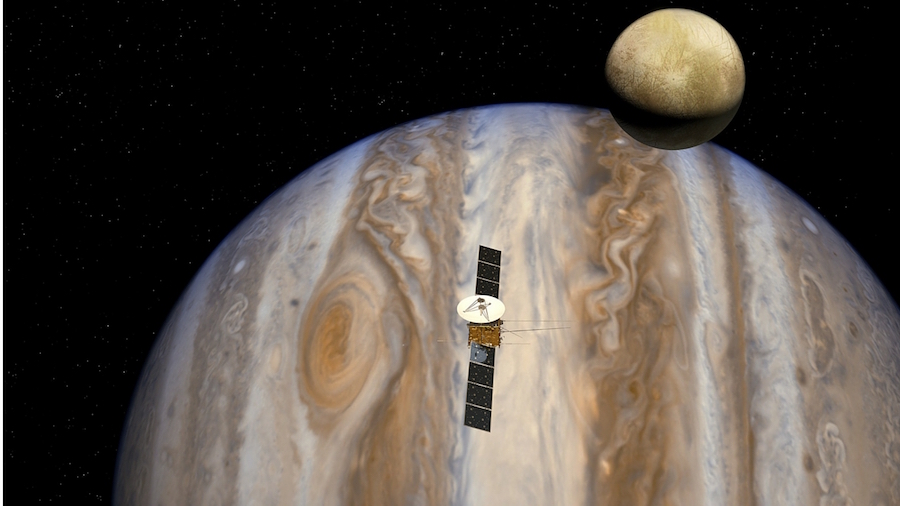Now's your chance to get a planet named after you
The perfect Valentine's Day gift

Scientists appear to have grown a little bit bored of looking at stars – seeing as there is quite a lot of them and they all look the same – so they would like us to do some of the hard work of spotting potential sites for an Earth II.
A team built of educational bodies has released a massive dump of observations of stars in the night sky to the public, and, along with an FAQ and a custom software tool, would like people with an eye for detail to help analyse the data to find interesting rocks.
It's a bit like 'No Man's Sky' but with less potential for a backlash. It's cutting-edge science and anyone can have a go.
What they want to find are exoplanets, other worlds orbiting stars, with the mass of observation material consisting of radial velocity readings that chart the minor movements of stars; wobbles that could be caused by the gravitational pull of orbiting planets.
Planet John Smith
Once we've found a nice planet like this one but with perhaps a bit less rain and slightly lower gravity now everyone's so fat, the plan is to get Elon Musk to take us there.
But there's quite a bit of work to do first. The set consists of raw data taken from the W.M. Keck Observatory in Hawaii, which charts the movements of 1,600 relatively nearby stars and has been broken down into 61,000 individual observations.
Some stars come with decades worth of observation data to plough through, with the researchers suggesting that using the Systemic Console 2 tool is the way to go if you want to have a go at analysing star wobbles in your spare time tonight.
Sign up for breaking news, reviews, opinion, top tech deals, and more.
MIT astrophysics fellow Jennifer Burt said: "I think this opens up possibilities for anyone who wants to do this kind of work, whether you’re an academic or someone in the general public who’s excited about exoplanets. Because really, who doesn’t want to discover a planet?"